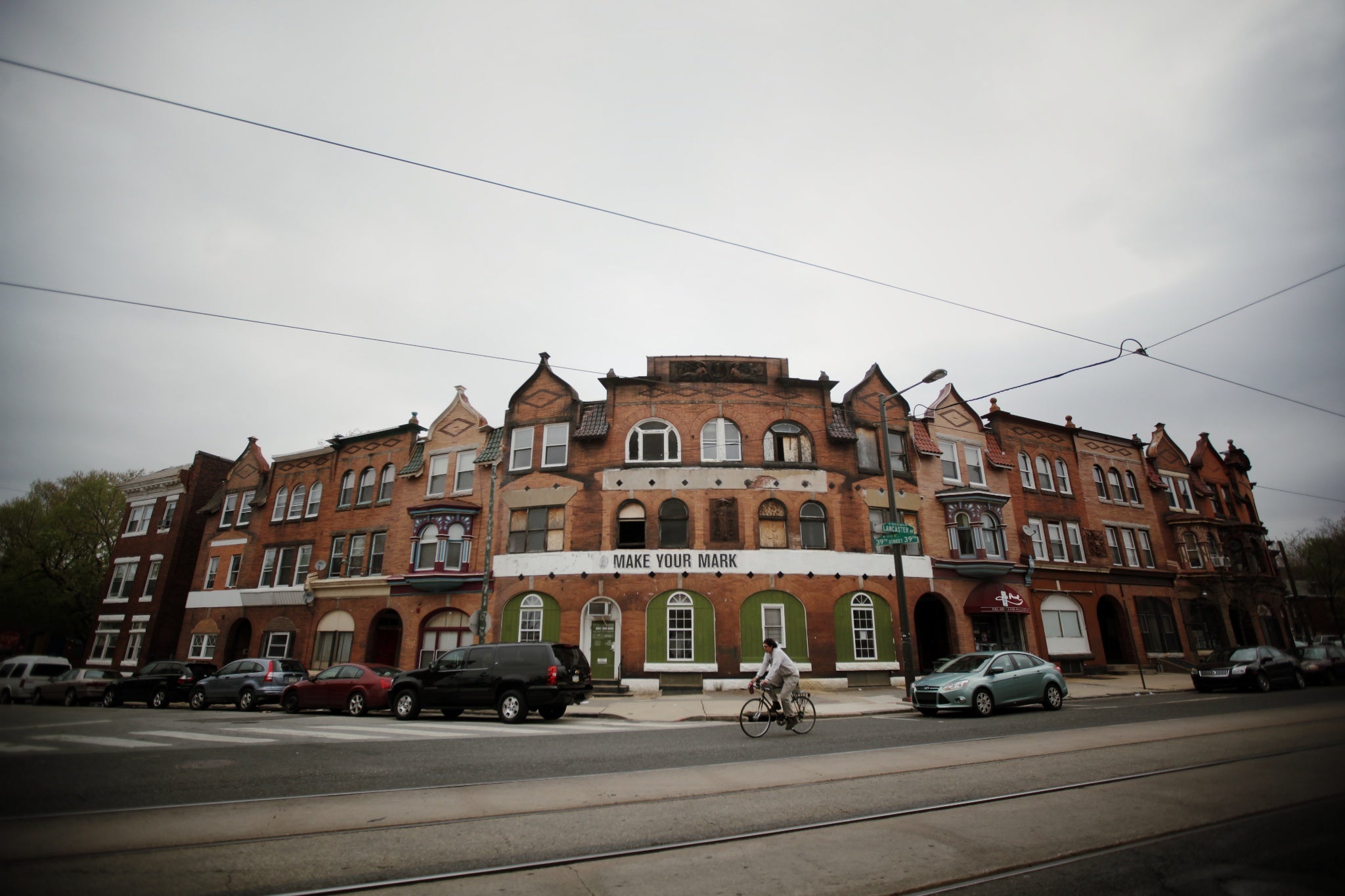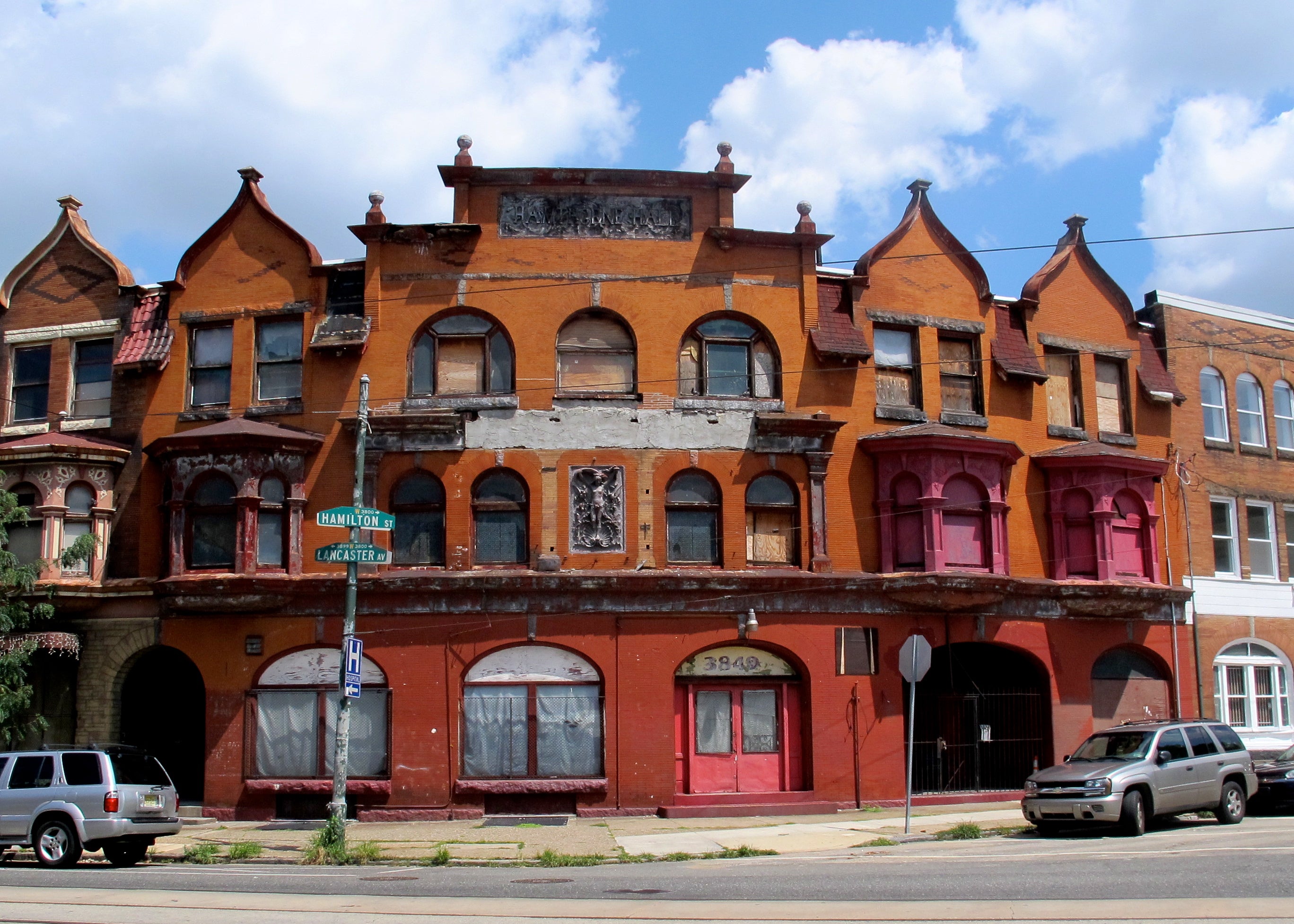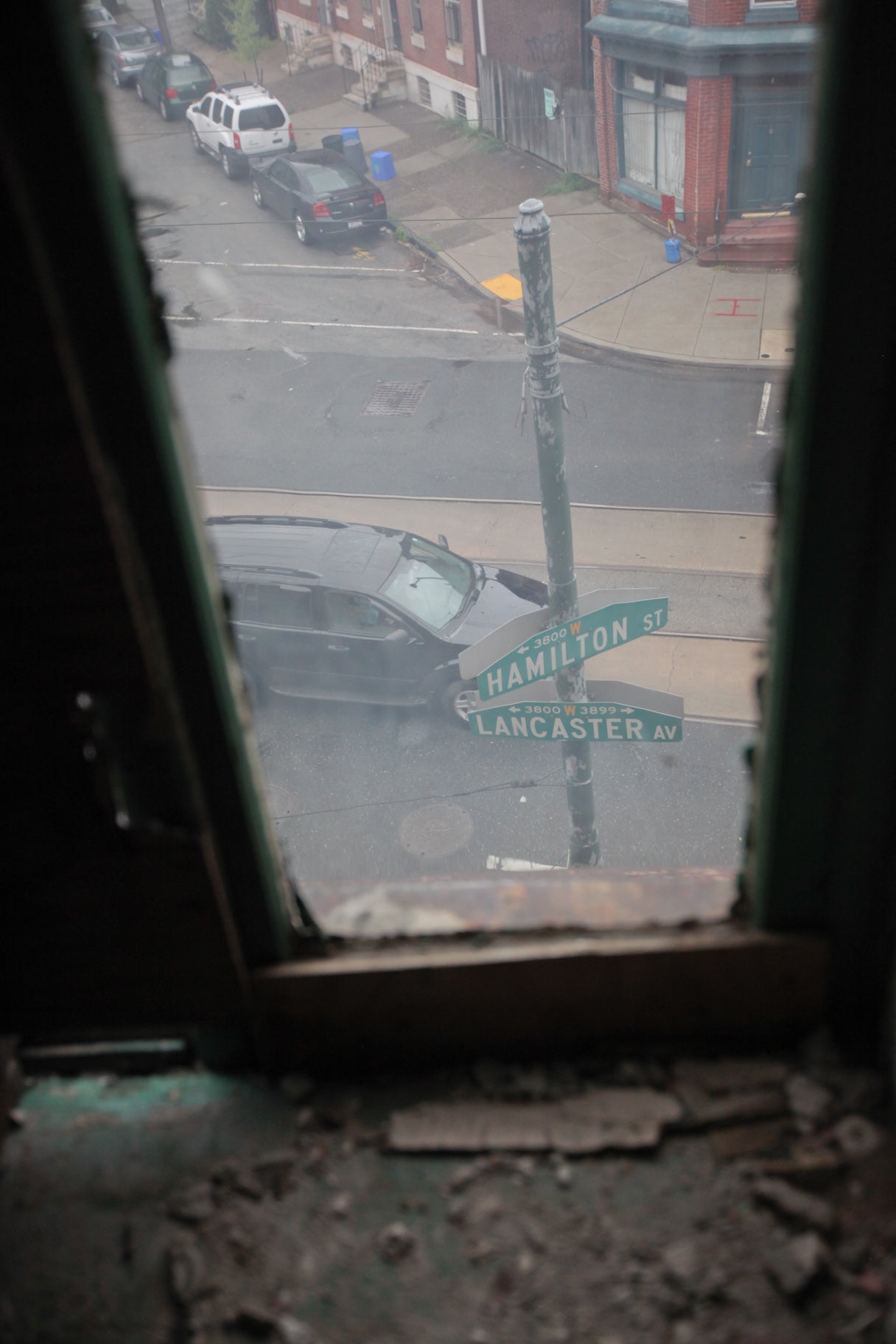Promise Zone tax incentives offer rare opportunity for bipartisan urban renewal
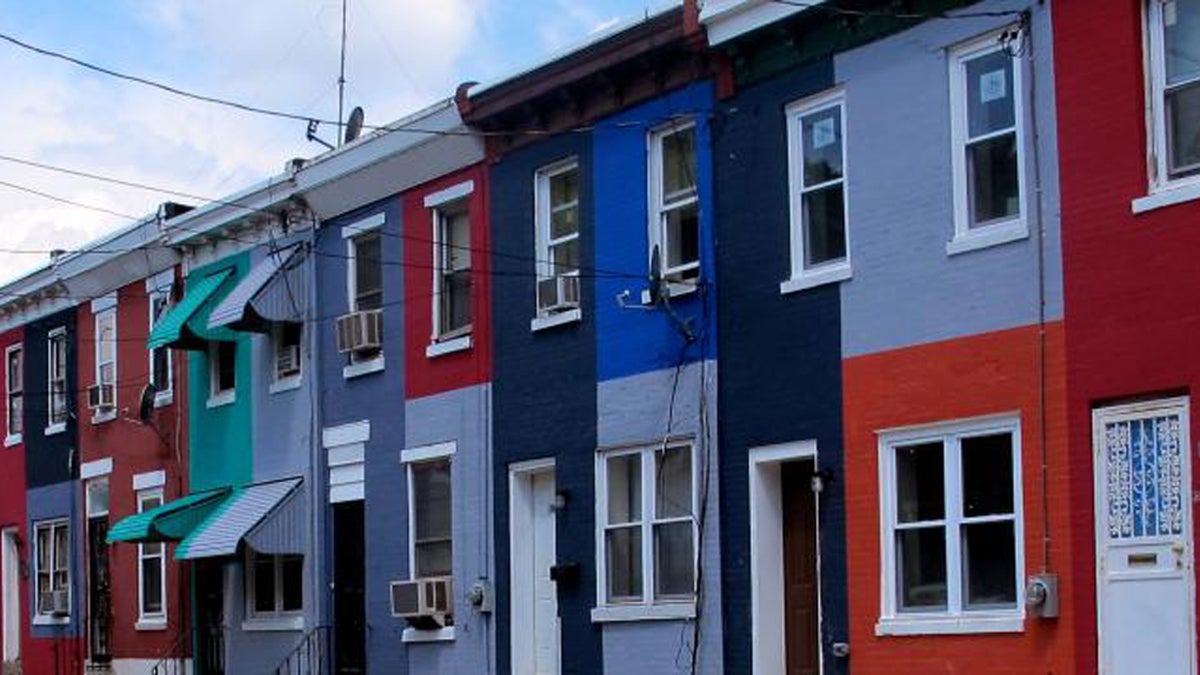
Melon St. in Mantua (Photo by Ashley Hahn courtesy of PlanPhilly)
As of late, urban policy at the federal level has made for some strange bedfellows.
Both Rand Paul and Mitch McConnell joined President Obama last Thursday to announce the formation of so-called Promise Zones, including the Lancaster Avenue corridor just west of Drexel.
Among a host of Promise Zone initiatives, the most critical is federal tax subsidies given to businesses willing to move into the Zone. Although tax breaks are the crown jewel of Republican stimulus policy, Congress has yet to approve the tax benefit portion of Obama’s new program. Unless corrected, Promise Zones will fail to have much of an impact.
Although he was a pro quarterback of some note in the 1960s, Jack Kemp is often remembered as the Republican Secretary of HUD who, beginning in the late 1980s, championed public/private partnerships as a tool for urban revitalization. Of several initiatives, perhaps his most venerable was the Empowerment Zone (EZ) program that offered Promise Zone-like tax breaks to businesses in places like Philadelphia’s American Street corridor.
Not only is Kemp’s EZ program the inspiration for Obama’s Promise Zones, they’re also the inspiration behind Rand Paul and Mitch McConnell’s proposed Economic Freedom Zones Act, which would effectively allocate EZs in high unemployment zip codes nationwide.
Obviously the senator’s presence at the Promise Zone unveiling was neither at the President’s behest nor in absolute support of his new program. Nevertheless, the trio’s willingness to powwow in public indicates that for once, both parties might be able to find some common ground on stimulus policy. Now if only the chronic morass that is Congress could get out of the way.
Without these tax benefits, claims HUD Secretary Shaun Donovan, “Promise Zones will work … but … they won’t work to full capacity.” And that, “tax credits are a critical part in accelerating job creation in these communities. We can improve the housing, we can make sure the educational opportunities are there. But if there isn’t a job available at the end of that path, it’s going to be a heck of a lot harder for the kids to get ahead.”
In lieu of federal support, if Philadelphia was so inclined, Council could kick in additional tax incentivizes for both developers and firms. Although new tax subsidies might stimulate investment, it would do so at the expense of other programs.
Case in point: Although Philadelphia’s 10 year tax abatement program helped fuel the City’s real estate boom starting in the late 1990s it also diverted millions of property tax dollars that might otherwise have been spent on schools.
The other concern is that by pouring subsidy into a place (as opposed to giving to individuals), new services and amenities will be capitalized into land values which could increase housing costs for non-land owners like renters. Critics of Los Angeles’ new Promise Zone are already concerned about whether the program will help lift residents out of poverty or whether it will just promote gentrification.
Of course, the only way to know how to what extent these placed-based tax breaks can improve neighborhoods is to compare outcomes to a plausible control group. The authors of a very sophisticated, recently published study did just this – comparing Empowerment Zone outcomes to outcomes in areas that applied unsuccessfully for the program.
The authors found that “EZ designation substantially increased employment…and generated wage increases for local workers without corresponding increases in … the local cost of living.” A finding that suggests the benefits outweigh the costs and that the tax incentives could be a viable mechanism for revitalizing neighborhoods like the Promise Zone designation in West Philly.
Lastly, let it be known that that even if Republicans don’t play ball, the program could still wind up being a political win for the President in the long term – but for all the wrong reasons. Even before Obama deemed this Lancaster Avenue corridor a Promise Zone, the area was already attracting the attention of the private market. Given Drexel’s plan to open up a public school in the area and a new high-density residential development, the neighborhood may have revitalized without any additional federal aid.
The only thing more rare than bipartisanship in Washington, is bipartisanship for programs aimed urban economic development. With these tax incentives, Promise Zones could do some real good.
Ken Steif is a Doctoral Candidate in the Graduate Group of the City & Regional Planning Program at the University of Pennsylvania. You can follow him on Twitter @KenSteif.
WHYY is your source for fact-based, in-depth journalism and information. As a nonprofit organization, we rely on financial support from readers like you. Please give today.
Promise Zone tax incentives offer rare opportunity for bipartisan urban renewal
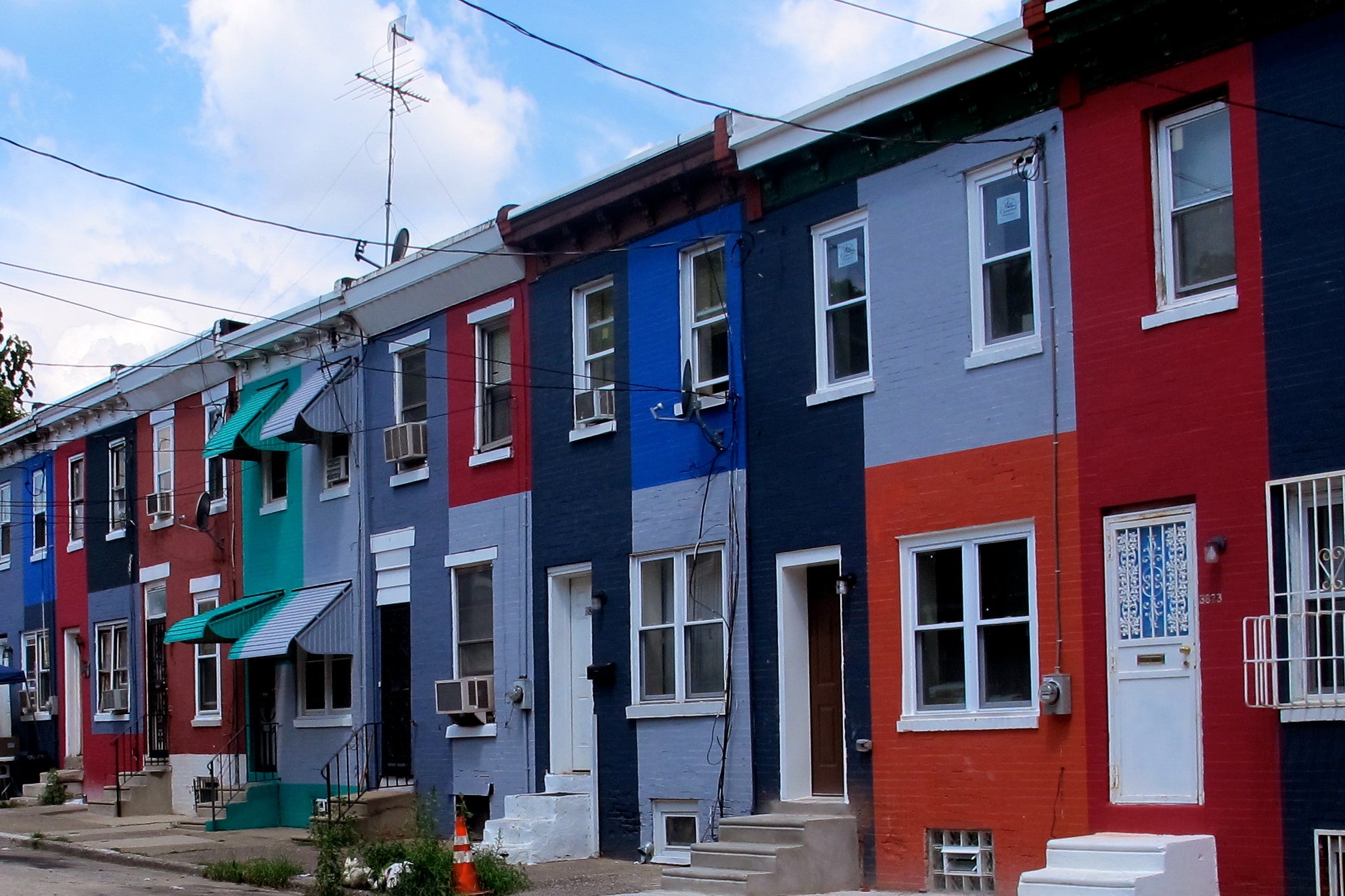
As of late, urban policy at the federal level has made for some strange bedfellows.
Both Rand Paul and Mitch McConnell joined President Obama last Thursday to announce the formation of so-called Promise Zones, including the Lancaster Avenue corridor just west of Drexel. Among a host of Promise Zone initiatives, the most critical is federal tax subsidies given to businesses willing to move into the Zone. Although tax breaks are the crown jewel of Republican stimulus policy, Congress has yet to approve the tax benefit portion of Obama’s new program. Unless corrected, Promise Zones will fail to have much of an impact.
Although he was a pro quarterback of some note in the 1960s, Jack Kemp is often remembered as the Republican Secretary of HUD who, beginning in the late 1980s, championed public/private partnerships as a tool for urban revitalization. Of several initiatives, perhaps his most venerable was the Empowerment Zone (EZ) program that offered Promise Zone-like tax breaks to businesses in places like Philadelphia’s American Street corridor.
Not only is Kemp’s EZ program the inspiration for Obama’s Promise Zones, they’re also the inspiration behind Rand Paul and Mitch McConnell’s proposed Economic Freedom Zones Act, which would effectively allocate EZs in high unemployment zip codes nationwide.
Obviously the senator’s presence at the Promise Zone unveiling was neither at the President’s behest nor in absolute support of his new program. Nevertheless, the trio’s willingness to powwow in public indicates that for once, both parties might be able to find some common ground on stimulus policy. Now if only the chronic morass that is Congress could get out of the way.
Without these tax benefits, claims HUD Secretary Shaun Donovan, “Promise Zones will work … but … they won’t work to full capacity.” And that, “tax credits are a critical part in accelerating job creation in these communities. We can improve the housing, we can make sure the educational opportunities are there. But if there isn’t a job available at the end of that path, it’s going to be a heck of a lot harder for the kids to get ahead.”
In lieu of federal support, if Philadelphia was so inclined, Council could kick in additional tax incentivizes for both developers and firms. Although new tax subsidies might stimulate investment, it would do so at the expense of other programs.
Case in point: Although Philadelphia’s 10 year tax abatement program helped fuel the City’s real estate boom starting in the late 1990s it also diverted millions of property tax dollars that might otherwise have been spent on schools.
The other concern is that by pouring subsidy into a place (as opposed to giving to individuals), new services and amenities will be capitalized into land values which could increase housing costs for non-land owners like renters. Critics of Los Angeles’ new Promise Zone are already concerned about whether the program will help lift residents out of poverty or whether it will just promote gentrification.
Of course, the only way to know how to what extent these placed-based tax breaks can improve neighborhoods is to compare outcomes to a plausible control group. The authors of a very sophisticated, recently published study did just this – comparing Empowerment Zone outcomes to outcomes in areas that applied unsuccessfully for the program.
The authors found that “EZ designation substantially increased employment…and generated wage increases for local workers without corresponding increases in … the local cost of living.” A finding that suggests the benefits outweigh the costs and that the tax incentives could be a viable mechanism for revitalizing neighborhoods like the Promise Zone designation in West Philly.
Lastly, let it be known that that even if Republicans don’t play ball, the program could still wind up being a political win for the President in the long term – but for all the wrong reasons. Even before Obama deemed this Lancaster Avenue corridor a Promise Zone, the area was already attracting the attention of the private market. Given Drexel’s plan to open up a public school in the area and a new high-density residential development, the neighborhood may have revitalized without any additional federal aid.
The only thing more rare than bipartisanship in Washington, is bipartisanship for programs aimed urban economic development. With these tax incentives, Promise Zones could do some real good.
Ken Steif is a Doctoral Candidate in the Graduate Group of the City & Regional Planning Program at the University of Pennsylvania. You can follow him on Twitter @KenSteif.
WHYY is your source for fact-based, in-depth journalism and information. As a nonprofit organization, we rely on financial support from readers like you. Please give today.


